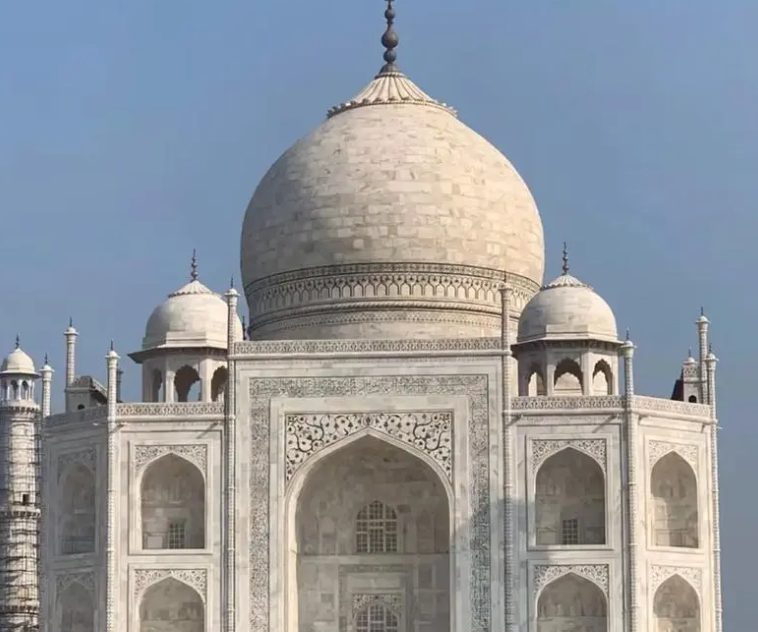
"Pristine" is the word that best describes this park, where there are no extra fancy expenses, no luxurious campgrounds or guided services, and it is all up to visitors to explore the mysterious fun of nature.
Mamilli National Park is the largest wetland reserve in Namibia, protecting the Linyanti wetland, which is made up of reed fields, lakes and islands, because it is a paradise for wildlife.
The core components of Mamilli National Park, which covers 320 square kilometers, are the two large islands of Nkasa and Lupala, both of which sit quietly in the Linyanti River.
During the dry season, it is easily accessible by road, but during the rainy season, 80% of the area is completely submerged.
The wildlife in the park mainly includes hippos, crocodiles, hippos, African elephants, African buffalo, antelope and so on.
It is also a bird sanctuary, with the highest number of recorded bird species in Namibia.
One of only two natural lakes in Namibia, Lake Okicautu is a small lake formed by a collapsed karst cave.
It is located 20 km outside the Namibian city of Chumebu, close to the main road B1 in Namibia.
There is also a tantalizing legend that during the First World War, German troops stationed here were confronted by a British army that was vastly outnumbered by several to one, and finally surrendered after holding out for nearly a year.
These stubborn Germans threw all their weapons into the lake, including, it is said, a large number of lead-sealed safes containing six million gold marks, no small attraction!
The Namibian government has no plans for a treasure hunt, and foreign explorers have not recovered the sunken safes, which remain a mystery to this day.
Now presented in front of the tourists in front of the Ochikato Lake is a circular lake, very quiet, see a thin thread of ripples; Very pure, almost no variegations; It is very green, as if the green of nature has been purified and poured into here. Standing on the shore, I can see that there are endless green deposits in the lake, dripping and bubbling.
Eppa Falls is located on the Kunene River on the border of Namibia and Angola, and consists of 22 waterfalls with a total drop of 37 meters.
Although the Eppa Falls is not easily accessible, it is still one of the main attractions in Namibia.
Its main charm is due to its clean environment, beautiful FIG trees, baobabs, vermicelli palms under a clear blue sky and colorful rocks near the waterfall. If you're lucky, you'll see a beautiful rainbow as the waterfall splashes.
Formerly known as the Caprivi Wildlife Reserve, the park is also known as the "People's Park" and is home to large wildlife as well as human habitation.
This unique layout benefits both people and the animal kingdom, promoting community development while protecting wildlife. The community wildlife Guard and its resource custodians are active in protecting the wildlife, which not only protects the wildlife in the long term, but also improves the living standards of the people of Caprivi while developing ecotourism.
Gbagbo Wuti National Park covers an area of 6,100 square kilometers and stretches 180 kilometers from west to east along the Okavango River, making it easily accessible by road.
The park is covered by a large deciduous forest, mainly wild mountain plum, scabbard seed ancient Yi sapa and Zambia teak; It is a sanctuary for 35 species of large wildlife, in addition to countless smaller species and 339 species of birds.
In most cases, tourists riding in the car can not see all the wildlife in the park, which often can see the main elephants, horses, striped antelope, hippos and various birds. The best season for tourists to visit here is October every year.

